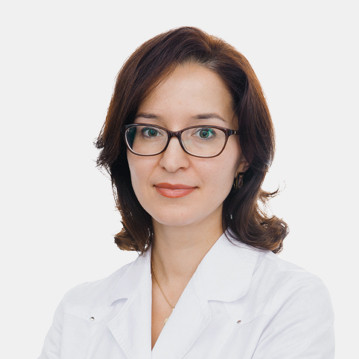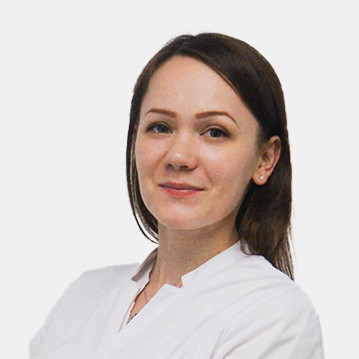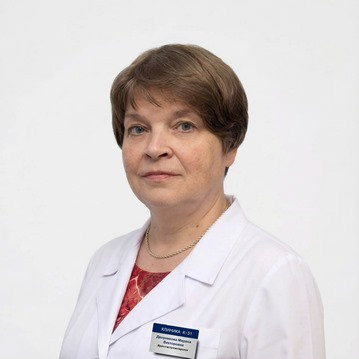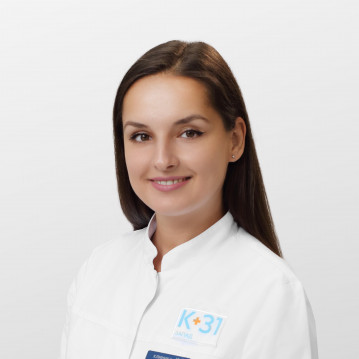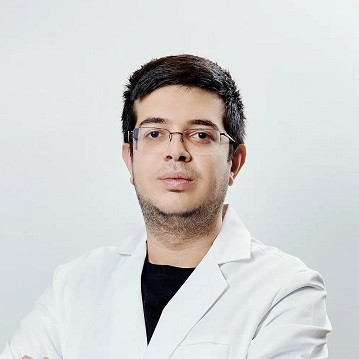Cholecystitis is a disease that causes inflammation in the gallbladder and disrupts its functioning. Most often, the disease occurs against the background of a bacterial infection. It inhibits the outflow of bile, leading to stagnation and negative effects. on the inner walls of the body.
When barrier functions are impaired, pathogenic microorganisms easily penetrate into the gallbladder. They begin to actively multiply and produce toxins. These dangerous substances increase the level of histamines, cause inflammation, swelling and pain. At the site of inflammation, the activity of leukocytes increases. If left untreated, they lead to the formation of purulent and even gangrenous areas in the tissues, which rapidly spread to the deeper layers of the gallbladder and surrounding organs.
What is cholecystitis and what are its types
Cholecystitis is a common disease that is 3-5 times more common in women than in men. This trend is due to the fact that the predisposition to the formation of gallstones is mainly transmitted through the female line.
Depending on the characteristics of the course, two forms of the disease are distinguished:
- Acute cholecystitis, the symptoms of which come on suddenly and cause great discomfort to the patient.
- Chronic cholecystitis with mild symptoms, undulating course of exacerbations and remissions.
Depending on the origin, chronic cholecystitis can be of two types:
- Calculous - develops when the properties of bile change, the formation of stones and their blocking of the ducts.
- Non-calculous - appears when parasites enter the gallbladder, enzyme activity disorders, vascular diseases that reduce the blood supply to the walls of the organ.
Depending on the severity of the clinical picture, doctors distinguish three forms of cholecystitis. They are worth considering in more detail.
Mild illness
It is characterized by short exacerbations that occur 1-2 times a year and last no more than two weeks. Pain on the right under the ribs is usually mild, but sometimes colic attacks can occur. Digestive disturbances, if they occur, are of a minor nature. There are no significant changes in the work of the gallbladder.
Medium
Exacerbations of the disease occur up to 4 times a year, and can last from two to three weeks. There is a pronounced pain syndrome, weakness, disorders of the biliary tract, intestines and pancreas. In blood tests, the doctor detects a change in general indicators, which indicates liver dysfunction.
Severe
It is accompanied by exacerbations that occur more than 5 times a year and last 1-1.5 months. Attacks of biliary colic significantly affect the quality of life and performance of the patient. Symptoms of the disease are pronounced and often complicated by other disorders of the gastrointestinal tract. Some patients are diagnosed with more serious conditions, such as biliary stricture, chronic obstructive pancreatitis, and even biliary cirrhosis.
Causes and signs of cholecystitis
The disease often develops as a complication of other diseases, including prostatitis, sinusitis, chronic tonsillitis, periodontal disease.
The following factors can also lead to stagnation of bile:
- Cholelithiasis
- Nervous tension and frequent stress.
- Sedentary lifestyle.
- Injuries.
- Improper diet.
- Pregnancy.
- Allergic reactions.
- Endocrine disorders.
- Pancreatic reflux.
To recognizeакам острого холецистита у женщин и мужчин относятся периодические тянущие боли в правом подреберье, возникающие после переедания или употребления алкоголя. Иногда пациенты жалуются на такие проявления:
- Pain in the abdomen.
- Skin itch.
- Yellowing of the skin and sclera.
- Bitter taste in the mouth.
In chronic cholecystitis, paroxysmal pain is often localized in the right abdomen and can radiate to the shoulder blade, collarbone or left shoulder. This feature is due to the location of the gallbladder and its nerve connections.
Other common symptoms of cholecystitis in men include:
- Nausea and vomiting with bile.
- Bloating
- Diarrhea.
Patients may also be disturbed by vegetative-vascular disorders, which manifest themselves in the form of fatigue, sweating, insomnia and conditions resembling neurosis. Sometimes there is an eructation with a bitter aftertaste and an increased body temperature. This is due to the general effect of inflammation on the body and the specific properties of bile.
It is important to know that the clinical signs of cholecystitis depend not only on the form of the disease, but also on other factors. For example, in women, pain becomes pronounced during menstruation or pregnancy due to hormonal changes. In men, cholecystitis is often accompanied by other concomitant diseases, including diabetes mellitus or pancreatitis, which affects the overall clinical picture.
Without timely treatment of cholecystitis, serious complications develop:
- Empyema of the gallbladder.
- Fistula formation.
- Perforation of the gallbladder.
- Cholelithiasis.
It is also possible to develop cholangitis - inflammation of the bile ducts.
Diagnosis
To establish an accurate diagnosis, the doctor first talks with the patient and collects an anamnesis. During a visual inspection, he pays attention to such factors:
- Position taken by the patient due to pain.
- Yellowness of the skin and sclera.
- Presence of signs of intoxication and other characteristic features.
When communicating with the patient, the doctor clarifies information about the diet, the nature and location of the pain.
The next step is palpation of the abdominal wall, which allows you to identify pain when you press on certain areas. The symptoms of Murphy, Mussy and Chauffard indicate inflammation of the gallbladder.
After examination and conversation, the doctor prescribes laboratory tests. A general blood test allows you to detect:
- Increased erythrocyte sedimentation rate (ESR).
- An increased number of white blood cells (leukocytosis) with a left shift.
A biochemical blood test is carried out to detect increased activity of liver enzymes - ALaT, ASAT, GGTP and alkaline phosphatase.
Also, in order to obtain more detailed information about the state of the biliary tract, it is necessary to undergo a series of instrumental studies. Among them:
- Ultrasound of the abdominal cavity - allows you to determine the size of the gallbladder, the thickness of its walls, the presence or absence of deformities and stones, and also check the condition of the bile ducts.
- Cholecystography and cholangiography are x-ray studies using contrast that allow you to evaluate the shape, size and position of the gallbladder, its ability to concentrate and secrete bile.
For this study, the patient needs to take a contrast agent, after which several pictures are taken in different projections. Next, a choleretic breakfast is carried out, and after 20 minutes a few more pictures are taken.

